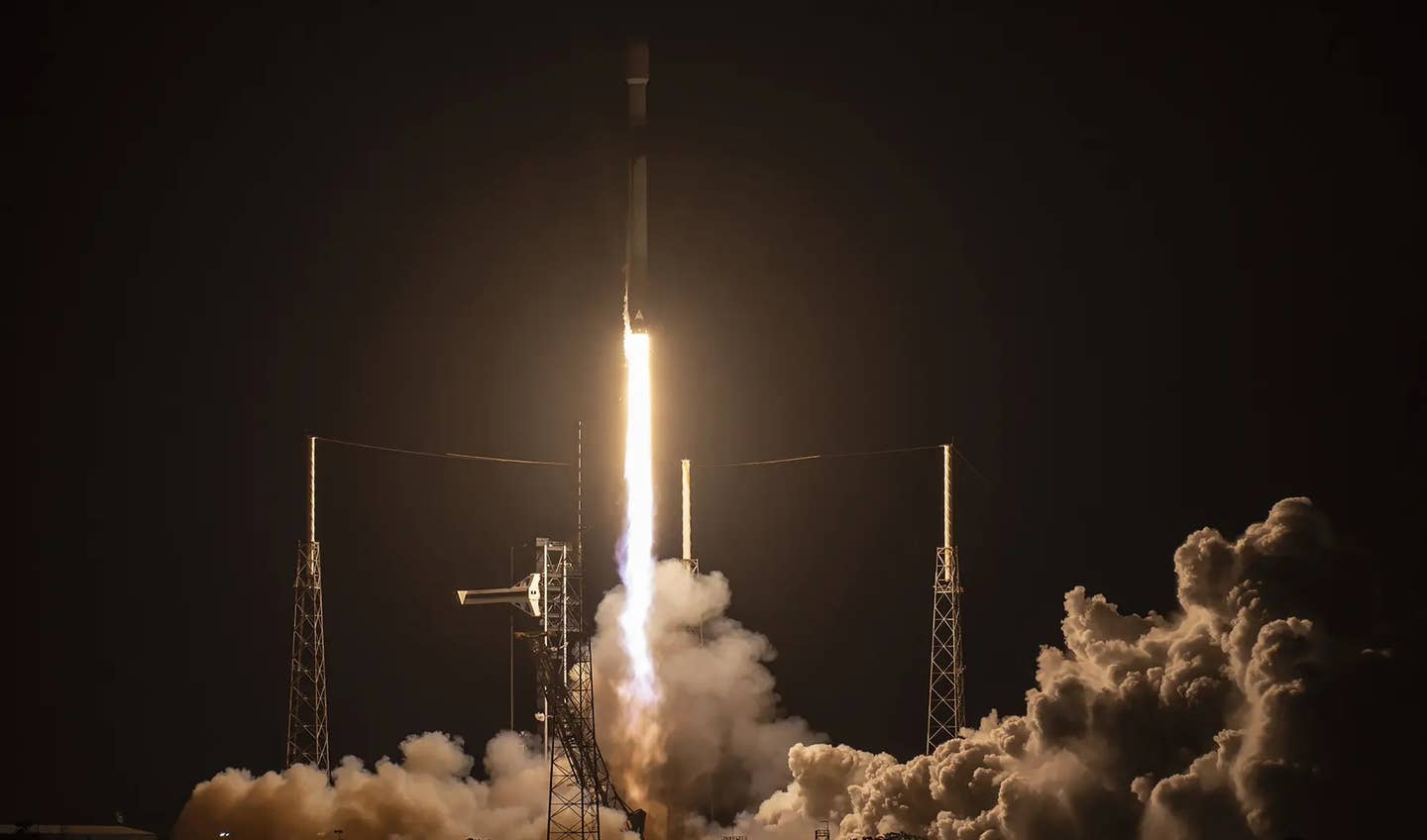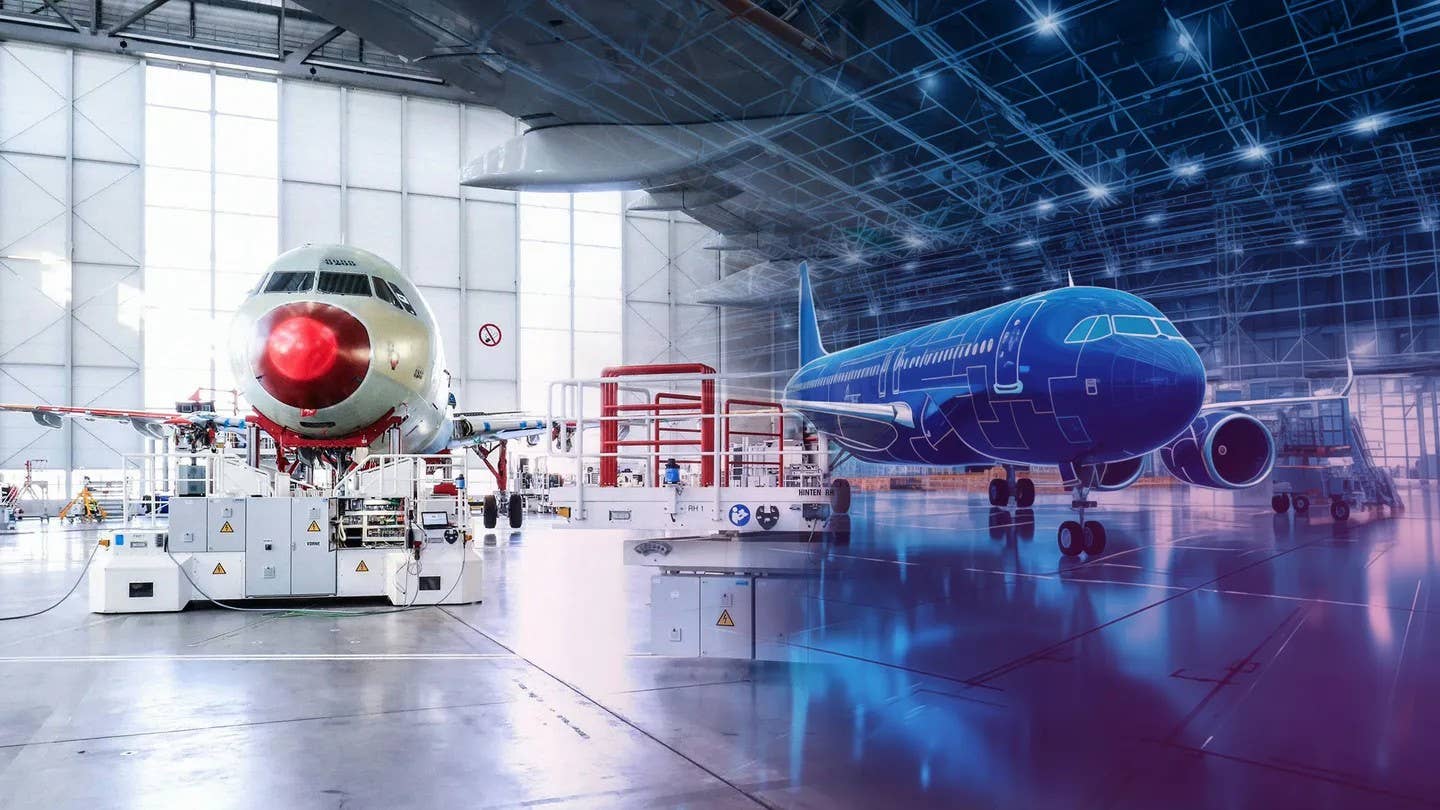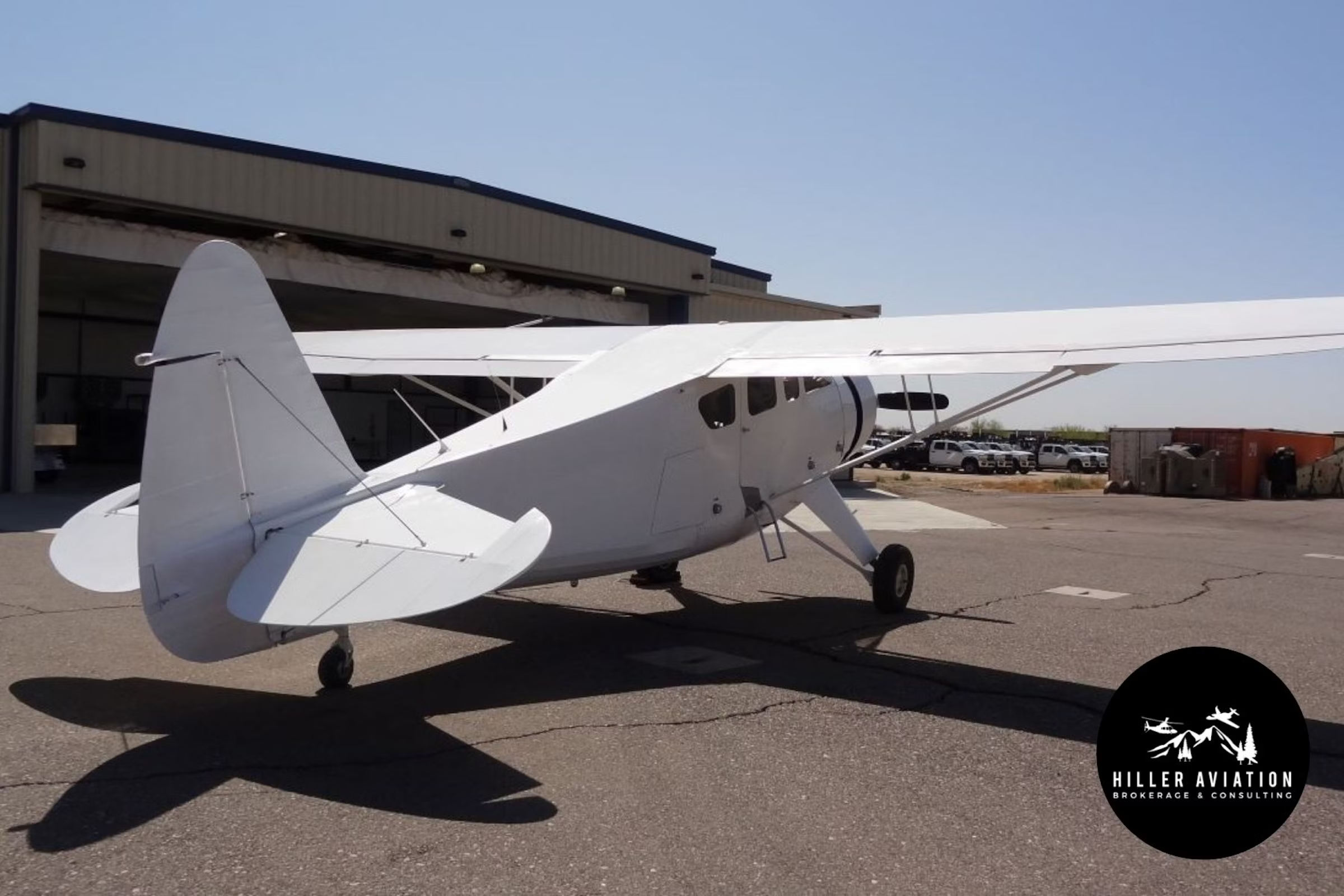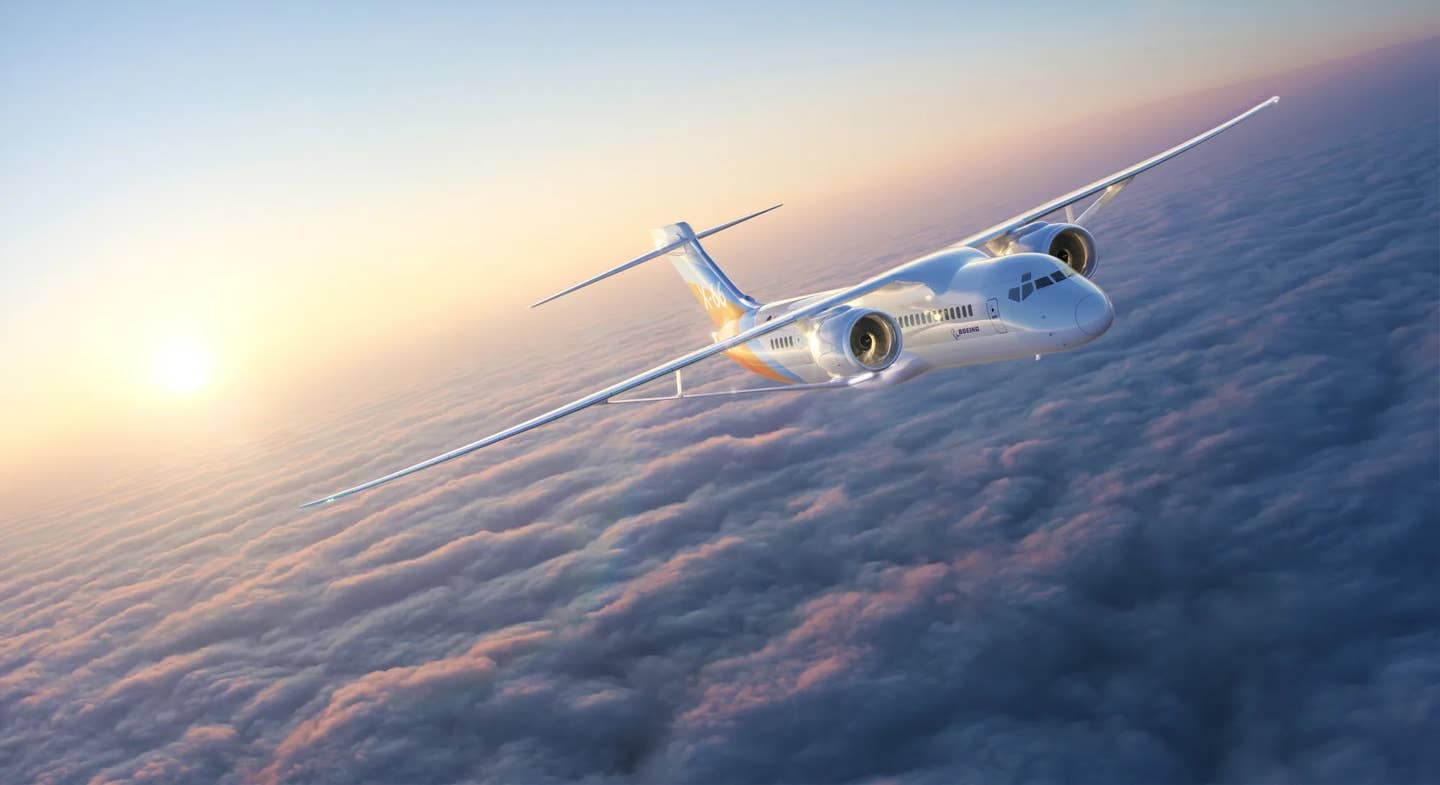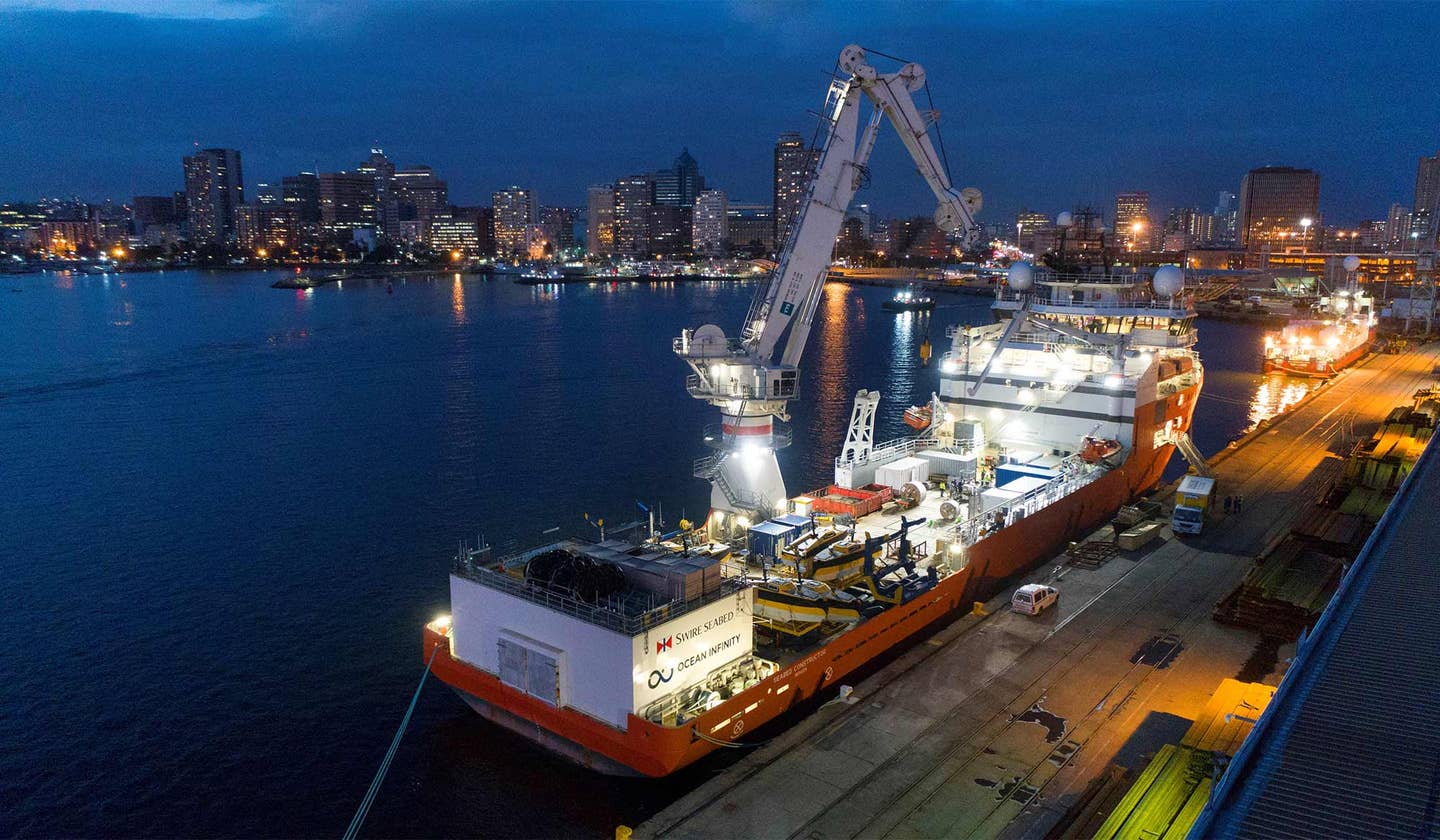
Ocean Infinity’s Seadbed Constructor vessel is set to begin a 90-day search for the wreckage of MH370. Ocean Infinity
The Government of Malaysia announced on Wednesday that Ocean Infinity's proposal to resume the search for Malaysia Airlines Flight 370 has been accepted. Recovery efforts were paused last January after an estimated $200 million had been spent by the governments of Malaysia, Australia and China with few results.
Under the "No cure, no fee" deal, the Houston-based company assumes all economic risk unless the wreckage or MH370's two data recorders are located. If successful, Ocean Infinity could earn up to $70 million.
According to the company, the search is expected to last 90 days and will initially focus on an area previously identified by the Australian Transport Safety Bureau. Satellite imagery analysis and drift reports created optimism among some Australian officials that this area would yield results, but the ATSB still preached caution.
Ocean Infinity says its Seadbed Constructor vessel is currently close to this area, and efforts to solve one of aviation’s greatest mysteries will begin “imminently.”
“We are pleased that our offer to continue the search for missing Malaysian Airlines flight MH370 has been accepted by the Government of Malaysia, who I would like to thank for giving us the opportunity,” Ocean Infinity CEO Oliver Plunkett said. “Whilst there can be no guarantees of locating the aircraft, we believe our system of multiple autonomous vehicles working simultaneously is well suited to the task at hand. I wish our team the best of luck in their endeavors and sincerely hope that we will be able to play a part in providing some answers to the many people affected by this tragedy.”
Ocean Infinity can earn $20 million for finding the Boeing 777 wreckage or the data recorders "early in the search," according to the New York Times, but the bounty can increase to as much as $70 million depending on various factors, including the size of the area searched.
As many as eight Autonomous Underwater Vehicles (AUVs) will search areas up to 6,000 meters deep, using side scan sonar, multi-beam echosounder, sub-bottom profiler, HD camera, conductivity/temperature/depth sensor, self-compensating magnetometer, synthetic aperture sonar and a turbidity sensor.

Sign-up for newsletters & special offers!
Get the latest FLYING stories & special offers delivered directly to your inbox

